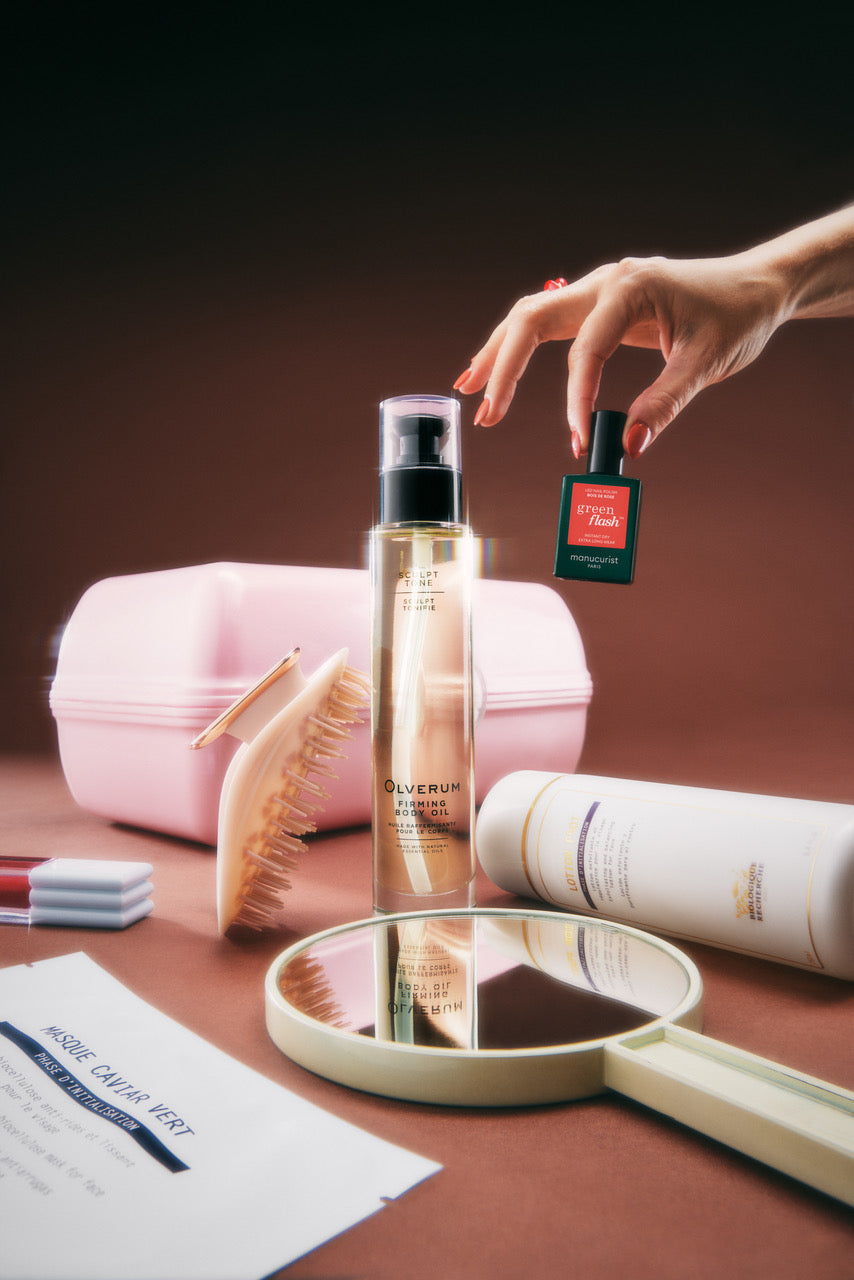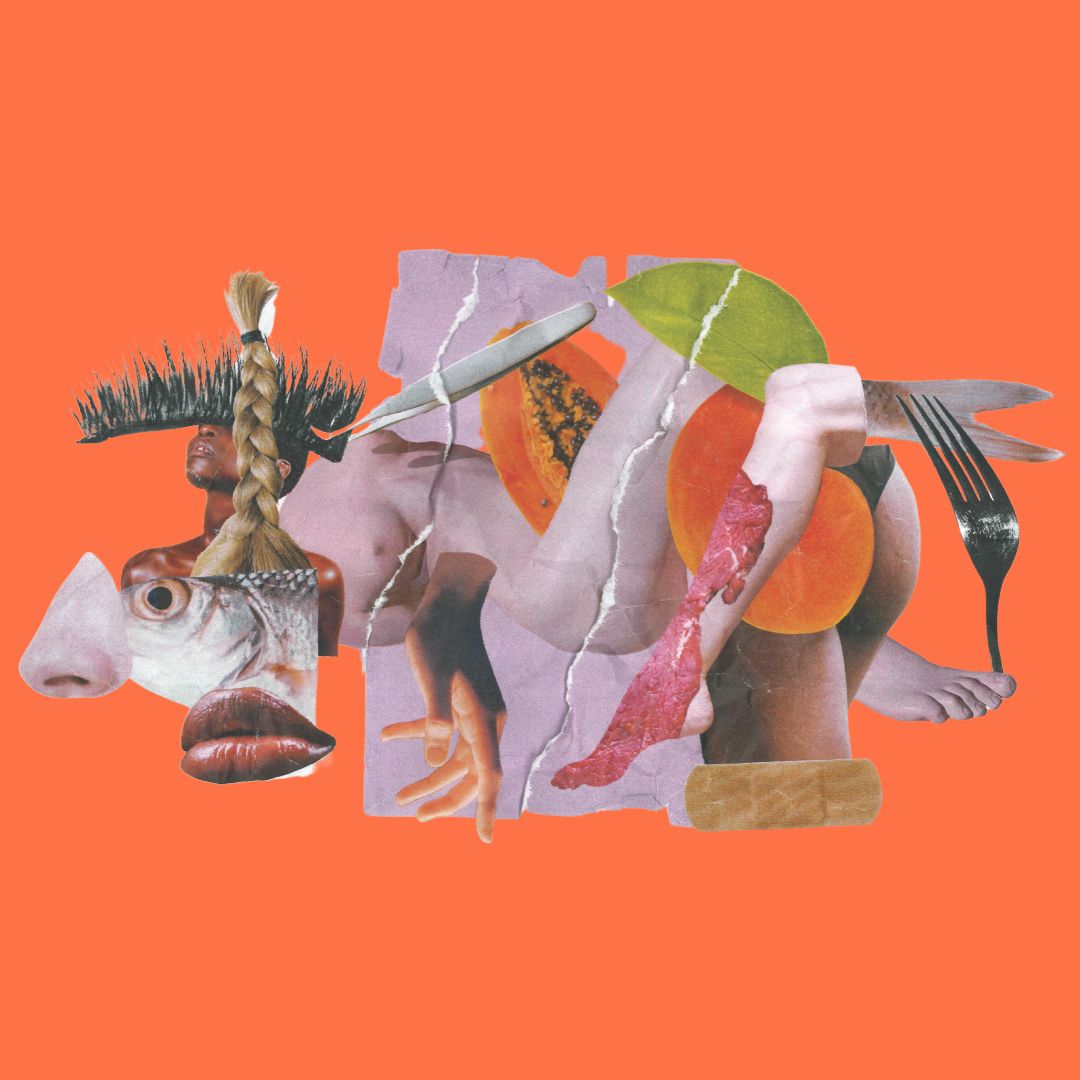Spanning architecture, art, fashion and beauty, here's a guide to how some of the most unconventional ideas became celebrated with time.
Beauty is a matter of personal preference and taste—what one person finds beautiful, another may not. It encompasses emotional, intellectual and even moral values and is not solely a matter of aesthetics, because it is deeply connected to one’s personal experiences. Added to that, our definitions of beauty are evolving. We are constantly influenced by new ideas, shifting societal norms and cultural trends.
In the aesthetically minded worlds of art, fashion, architecture, design and beauty, unconventional and initially unattractive concepts often transform over time into celebrated phenomena. Many groundbreaking works and movements once perceived as hideous and offensive have gained esteem and recognition years later when perceptions changed.
Consider Vincent van Gogh's Post-Impressionist paintings, which were generally interpreted as disturbing during his lifetime. (The artist is rumoured to have sold just one painting before his death in 1890). Or Marcel Duchamp’s 1917 “Fountain,” a repurposed urinal that caused outrage when it was introduced as art that went on to form the basis of remix culture. Similarly, Pablo Picasso's Cubist and Abstract art, particularly his 1907 work “Les Demoiselles d'Avignon,” shocked audiences before ultimately redefining artistic standards. Jackson Pollock’s abstract expressionist drip paintings were met with mixed reviews when they were first introduced in the late 1940s, appearing to be no more than uncontrolled splatters of paint. And in the 1980s, Jean-Michel Basquiat’s graffiti-influenced artwork was considered a radical departure from the established norms of the time but came to be highly revered as pioneering Neo-expressionism.
This boundary-pushing of what’s seen as beautiful is also present throughout history in architectural styles. Even the sensual Art Nouveau movement of the 1890s, which features cherished organic motifs and ornate details, was initially met with mixed reviews because some found it overly decorative. With its raw concrete structures and blockish designs, Brutalism was often met with disdain when it arrived in the 1950s. Over time, Brutalist buildings like London’s Barbican Centre have become iconic architectural landmarks, gaining acclaim for their honest and robust design. Meanwhile, marked by chaos and asymmetry, the Deconstructivist style of contemporary “starchitects” like Frank Gehry and Zaha Hadid, which sprung up in the 1980s and 1990s, tends to polarize viewers, while also reshaping perceptions of what architectural conventions can be.
The aesthetics of design also zig and zag over the decades. Now the very definition of good taste, Mid-Century Modern style was initially criticized for being too stark and minimalistic. Meanwhile, industrial design, popularized in the 1960s and ’70s, once considered cold and utilitarian, has become appreciated for its simplicity and efficiency. Italian design and architecture crew the Memphis Group's widely revered use of colour and play in the 1980s was perceived as garish and outlandish. All three styles are experiencing a resurgence in popularity— copycats abound in every furniture store—demonstrating that as prevailing tastes evolve, what’s old is new, or put another way, what’s ugly is beautiful again.
On the catwalk, fashion pioneers like Vivienne Westwood and Jean-Paul Gaultier challenged the status quo in the 1970s with provocative, rebellious designs, which were initially seen as unattractive and even offensive. Their innovative styles significantly influenced the fashion industry—Vivienne Westwood is credited with popularizing modern punk and Jean Paul Gaultier’s cone corsets have become iconic. Long before that, in the 1920s Coco Chanel's little black dress was met with skepticism due to its simplicity, but is now a quintessential classic.
Runway beauty looks have equally pushed boundaries. Since Cindy Crawford’s “beauty mark,” designers and makeup artists have encouraged the embracing of imperfections, natural body hair, freckles and aging gracefully, while challenging the conventional beauty ideals of previous generations. Questioning the perception of beauty and changing what we see represented in the beauty industry makes it look a lot more like our world, and that's something that will never stop being beautiful.
By helping to change our minds about what we find ugly or beautiful, these pioneering movements, trends and artists show that innovation and defying convention can deepen society’s appreciation of beauty. Witnessing our own growing perceptions also reminds us that beauty is a subjective and ever-evolving celebration of uniqueness. What sets boundary-pushing movements apart is their ability to challenge conventional standards, with individuality and self-expression as true markers of character. In essence, our world's diversity and capacity to appreciate various forms of beauty enrich our experiences, with both immediate and delayed effects.



